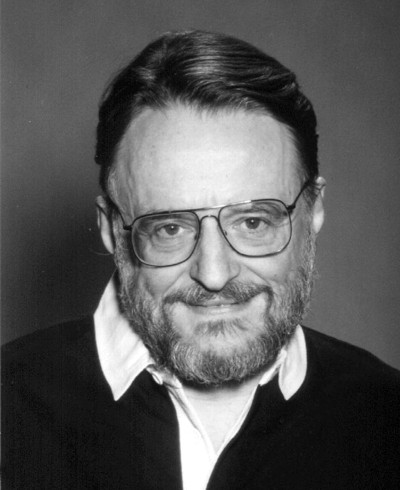Alex F. & Victor M.

Description: Google.com
Image copyright: Google.com
Still living.
-PROFESSIONS: He is a British Mathematician at Princeton University.
EDUCATION: Gonville, and Cauis college and Cambridge University.
He was a mathematician active in the theory of finite groups.
-WORK EXPERIENCE
John was awarded the BA in 1859 and began to undertake research in the number theory.
He has also done work in Algebra, mainly with quaternions. Together with Neil James Alexander Sloane, he invented the system of icosian.
In the mid-1960s with the son of Richard guy they established that there are sixty-four convex uniform polychora without two infinite sets of prismatic forms.
-THE RULES OF THE GAME OF LIFE.
He has also created the game of life with the rules being,
Any live cell with fewer than two live neighbours dies, as if caused by under-population.
Any live cell with two or three live neighbours lives on to the next generation.
Any live cell with more than three live neighbours dies, as if by overcrowding.
Any dead cell with exactly three live neighbours becomes a live cell, as if by reproduction.
-TESTING THE SKILLS
To improve his speed, he practices his calendrical calculations on his computer, which is programmed to test him with random dates every time he logs on. One of his early books was on finite state machines.
-BOOKS
\"He has written and co-written several books including ATLAS of Finite Groups, Regular Algebra and Finite Machines, Sphere Packings, Lattices and Groups, The Sensual (Quadratic) Form, On Numbers and Games, Winning Ways for your Mathematical Plays, The Book of Numbers, and On Quaternions and Octonions. He is currently finishing The Triangle Book written with Steve Sigur, math teacher at Paideia School in Atlanta, Georgia, and in summer 2008 published The Symmetries of Things with Chaim Goodman-Strauss and Heidi Burgiel.\"
AWARDS AND ACHIEVEMENTS
Berwick Prize (1971),
Polya Prize (1987),
Nemmers Prize in Mathematics (1998),
Leroy P. Steele Prize for Mathematical Exposition (2000)
There has been weird characters in our web-poster Ms. Stevenson has already checked it and said it was fine.
